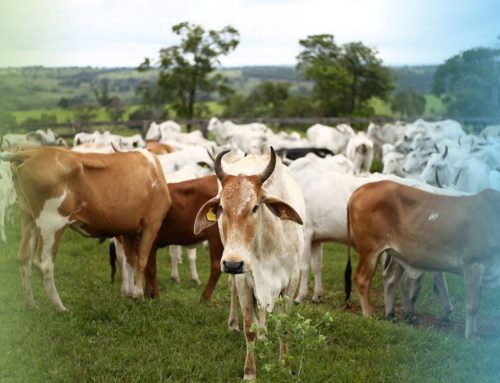To fight climate change many people have had to find new ways to grow their crops. Among many that have emerged, one of these new techniques is called circular gardens. Originally from the Pijao indigenous community, from Colombia south of Tolima. To create this new technique, they took into account three things: their worldview, protecting and helping the planet, and finally the climate; which is extremely dry.
Advantages of Circular Gardens
- Grow Quicker: Thanks to the way it is built it maintains the necessary humidity and has a constant source of fertilizer, allowing you to harvest the crops for almost two months later!
- Dry Climate Designed: it’s design from an arid part of the world is made to keep moisture from the rain and spread it naturally between crops.
- Improves Ground Quality: As mentioned previously in the design of the circular gardens, some “forest mountains” are integrated that are used to fertilize the land of the garden. It has been seen that not only does the cultivation land improve, but the land several meters around also benefits, and even the ecosystem itself.
- Long Useful Life: when harvested and replanted it is not necessary to re-plow the land, but the garden is maintained and just needs maintenance.
How to build Circular Gardens?
Steps to Build it:
- Chose the Land
Select a part of your land that is flat and drainable
- Prepare the Land
You must clean the area, remove bushes, grass, and plants. All depending on the size of the garden you want to build. (Try to choose a tree-free area, the idea is not to deforest).
- Chose & Mark the Starting Point
You must mark which is to be the starting center, to begin to delimit the circles from it.
- Initial Circles
From the center measure a straight line of 90 cm, mark, and make a circle with that diameter. Then you must do the same but with the measure of 60 cm for diameter.
- 130/60
After you have made those first two circles, you should now trace a diameter from the edge of that last circle you just made, but with 130 cm. Make another circumference again, and make another diameter of 60 cm again. This should be repeated until you reach the number of circles you want to have in your garden.
- Access Canal
A straight access channel that goes through the is made that goes through the 60 cm wide.
- Ditches
The circles that are 60 cm in diameter should be dug / pitted to become ditches. That is, the circle between the 90 cm to 130 cm mark must be 60 cm, and between each of 130 cm there is a 60 cm mark, those circles are dug and the earth placed in the adjacent circles.
- Embankments
The soil of the trenches will be used so that it is placed in the circles that are not dug and thus create embankments. Which is where it will be planted.
- Embankment Preparation
Organic manure is applied to the embankments (abundantly) and the land is watered to prepare it for planting.
- Planting
Once the seeds are chosen, you can proceed to sow them. Either multiple types in one hoop, or one type of crop per hoop, or all of the same type.
- Forest Mount
After sowing you should proceed to place a forest mount and cover with leaves – which are to protect the seeds from the sun.
If your farm is suffering from dry weather conditions, we recommend implementing this new cultivation technique. At NATIVU we believe in caring for the environment and its resources and investing wisely, two concepts that come together with this new method of circular gardens.









